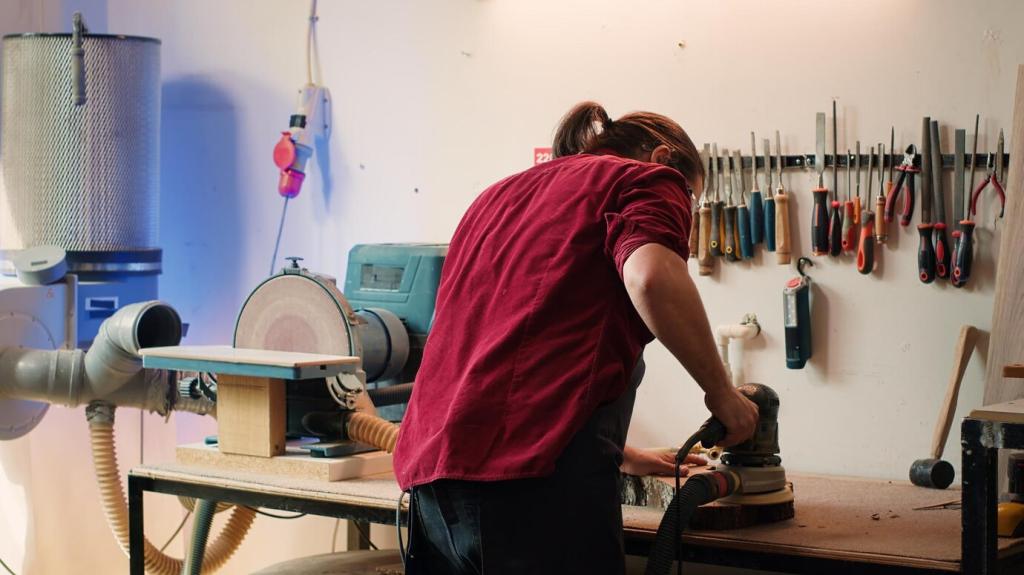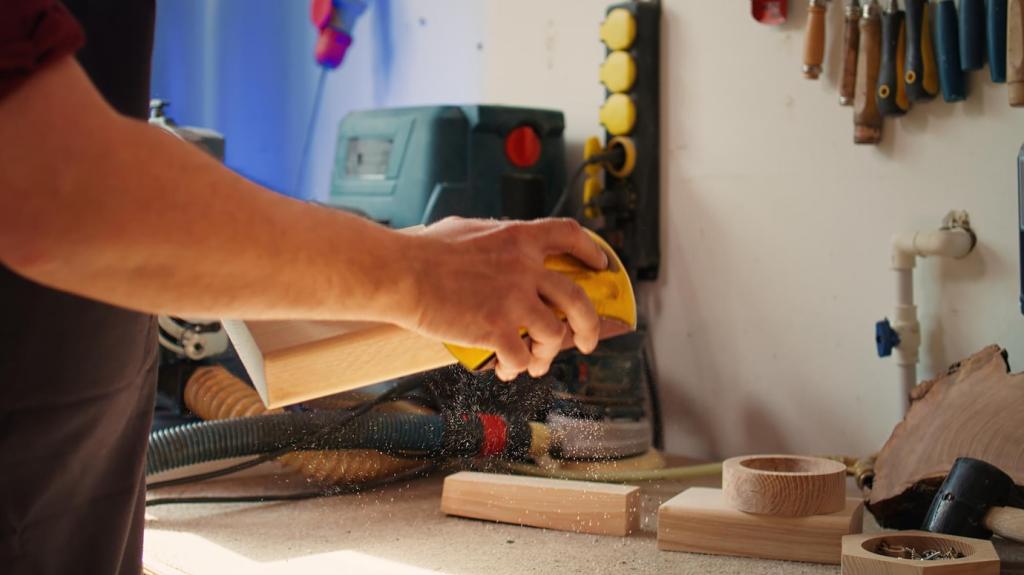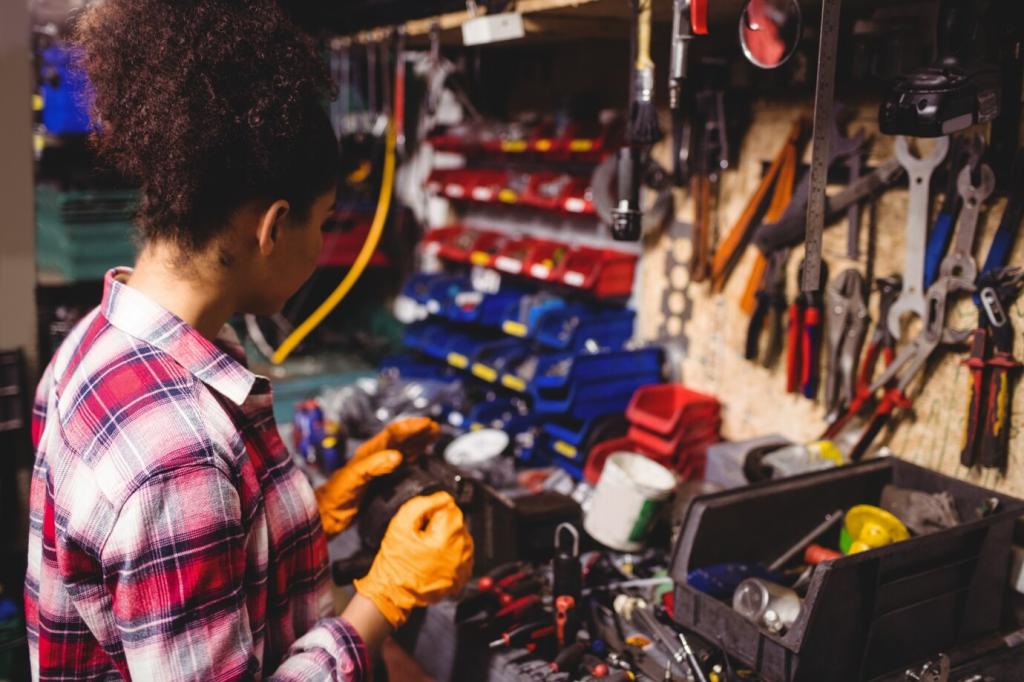Beginner's Guide to Car Safety Checks
Today’s chosen theme: Beginner’s Guide to Car Safety Checks. A friendly, confidence-building roadmap for new drivers and curious commuters who want safer trips, fewer surprises, and a calmer drive—one simple habit at a time.

Why Safety Checks Matter
A Small Habit With Big Consequences
Spending one quiet minute before every drive catches small issues when they are still simple, cheap, and safe to fix, transforming routine commutes into calmer, more predictable journeys.
A Story From the Shoulder
On a rainy evening, I noticed a wobble while fueling. A quick tire look revealed a sidewall bubble. Changing plans saved a blowout, a tow, and a ruined weekend.
Join the Conversation
Share your most useful pre-drive habit in the comments, and subscribe for printable checklists that build confidence with each week. Beginners welcome—every question helps someone else stay safer.
Tires at a Glance: Tread, Pressure, Bulges
Look for even tread, check pressure when tires are cold, and scan sidewalls for cuts or bulges. Consistency matters; uneven wear whispers about alignment or suspension issues before they shout.
Lights and Signals in One Sweep
Turn on headlights, high beams, hazards, and indicators, then step around to confirm brightness and rhythm. Ask a friend to press the brake so you can verify both rear lamps illuminate strongly.

Checking Tread Depth Without Tools
Use a coin test or tread wear indicators inside the grooves. If wear bars are level with the tread, replacement time approaches. Rotate regularly to keep wear patterns balanced and predictable.

Getting Tire Pressure Right, Every Time
Find the recommended cold pressure on the door jamb sticker, not the sidewall. Check early morning, before driving. Correct pressure improves braking, saves fuel, and prevents overheating on long journeys.

Spare Tire, Jack, and Lug Wrench Confidence
Confirm your spare is inflated, the jack is complete, and the wrench fits your lugs. Practice at home once, safely, so roadside surprises feel manageable rather than frightening and confusing.
Under the Hood Essentials
Pull the dipstick, wipe, reinsert, and read. Honey color usually looks healthy; burnt smell or gritty feel suggests trouble. Low level demands attention and a careful look for fresh leaks underneath.
Brakes, Steering, and Suspension
Know the Sounds and Feel of Healthy Brakes
Listen for consistent, quiet stops. Squeals may mean wear indicators touching rotors; grinding suggests metal-to-metal urgency. If the pedal pulses under light braking, warped rotors might be developing.




Join our mailing list
